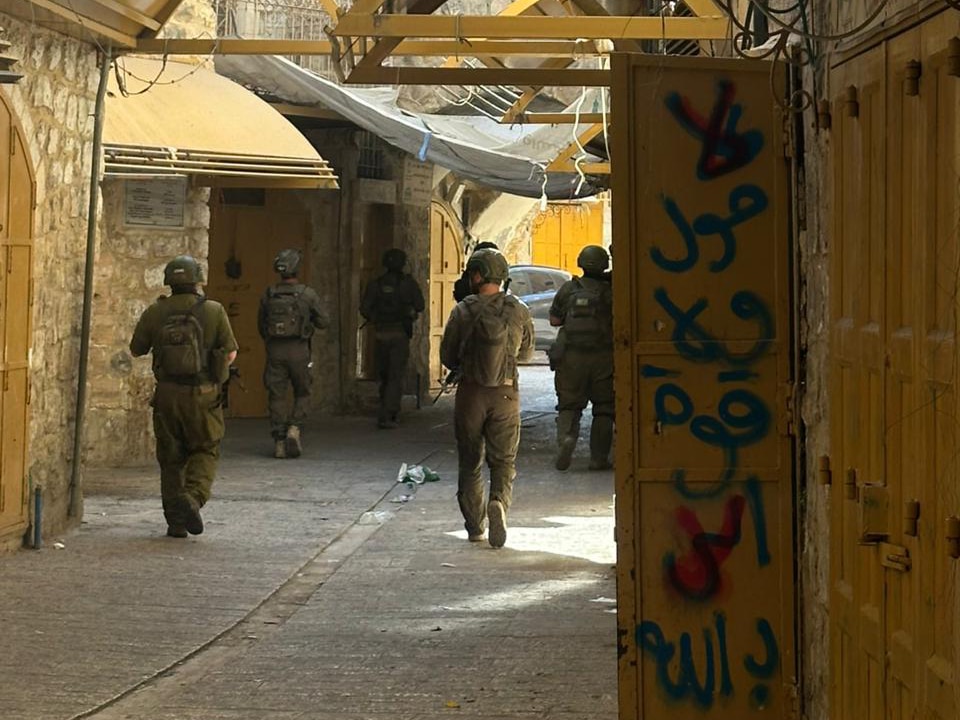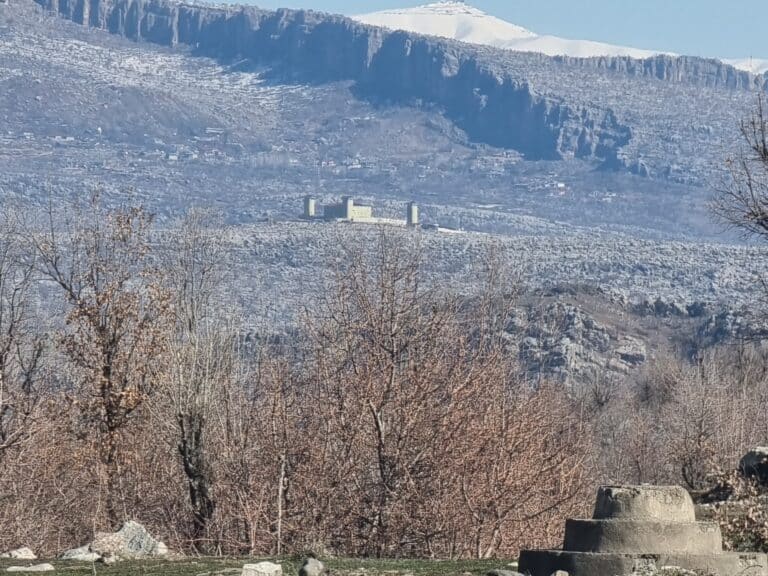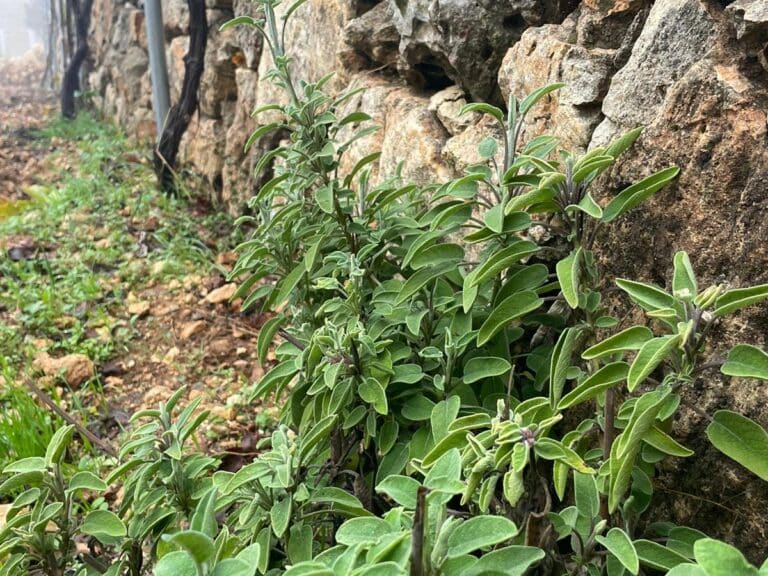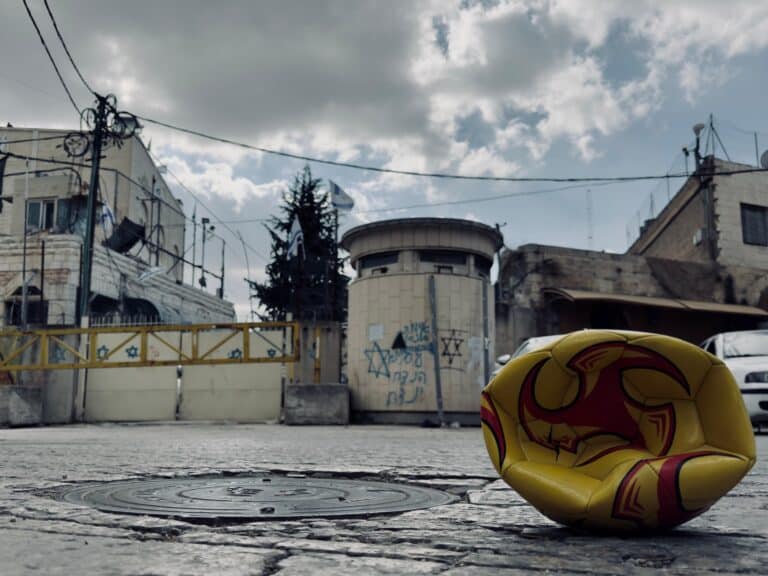On June 13, the Israeli occupation launched a major military operation against Iran, named “Rising Lion”, which draws its name from a biblical verse. More than 70 people were killed and over 320 were injured in the Israeli airstrikes. In response, Tehran promised a “harsh retaliation” and launched airstrikes against Israel on the same night. Explosions were heard across the entire country, following what has been described as Israel’s largest military assault on Iran to date.
While the exchange of fire between the two countries continues, it is the Palestinian people who are once again bearing the brunt of the violence. Their lives have been directly endangered, and their daily reality further disrupted.
In Gaza, the Israeli Occupation Forces (IOF) continue their campaign of genocide, starvation, and destruction. At the time of writing, the Israeli military committed one of the deadliest and most horrifying massacres since the resumption of the war. Initial reports indicate that more than 50 people were killed and hundreds wounded in a single attack.
Full lockdown in the West Bank amid bombardment
Immediately following the Israeli strikes, the occupation imposed a full lockdown on the West Bank. All checkpoints were closed, cutting off movement between cities and villages, and dividing communities. The only exit point for Palestinians – the Jordanian border – was also sealed. While a few checkpoints have reopened for limited hours, many remain completely closed, severely restricting freedom of movement.
Israeli forces have also carried out continued raids and mass arrests, especially in northern cities such as Tulkarem and Nablus. In addition, around 40 Palestinians were injured by falling missile debris from the Iranian retaliation, most with minor to moderate wounds.
The economic situation has sharply deteriorated under these restrictions. Many Palestinians are unable to reach their workplaces, particularly those employed in other cities. The cost of goods and services has increased, and families face growing hardship as they are cut off from income and support.
In Al-Khalil/Hebron, the Palestinians remain acutely affected by the intensifying situation. On Friday 13 June, missile fragments dropped on the town of Sa’ir, north of Hebron, injuring four children who were subsequently transported to a local hospital for treatment.
The IOF has forcibly closed the Ibrahimi Mosque, barring guards, mosque staff, and worshipers from entering or raising the Adhan. The most sacred mosque in Hebron is now under the control of the IOF. For five consecutive days, the call to prayer has not been heard.
Simultaneously, a full military lockdown has been imposed on several neighborhoods, including Harat Jaber, Al-Salayma, Ghaith, and Wadi Al-Hussein. All main, side, and dirt roads have been completely sealed, with military checkpoints blocking movement in and out of the city. Even pedestrians are forbidden from crossing, effectively transforming Hebron into a massive prison under siege.
Collective punishment
In a further act of collective punishment, the gate at Ras Al-Joura has been welded shut with iron, and Halhul Bridge has been closed off using cement blocks while soldiers sabotage Palestinians’ vehicles parked at the city’s entrances. A curfew has been enforced in the southern region, particularly in the Al-Fahs area, for further notice. To reinforce this lockdown, Israeli forces have distributed printed warning notices across the city banning movement outside the city and along bypass roads. Framed as safety measures, the notices highlight the severe restrictions and military grip imposed on Palestinian civilians.

Israeli forces have intensified their crackdown by detaining young Palestinian men in the streets, forcing them to the ground, and subjecting them to abuse. Raids across Hebron have included home invasions, vandalism, and threats. In a disturbing escalation, youths were beaten and tied to walls in areas like Bier-Saba’ Street, Bab al-Zawiya, and near the Ibrahimi Mosque; these acts are meant to humiliate and intimidate Palestinians.
Civilian homes seized as military posts
At around 6 a.m. on Saturday 14 June, Israeli Occupation Forces stormed the home of Um Firas Zahde, forcibly turning it into a military barracks for two nights. The soldiers took over the roof as a military post, raised the Israeli flag, and demanded that the family leave for a week. When the family refused, they were locked together in a small room, and anyone who leaves their home is barred from returning again. Um Firas, who has a job, was forced to go to her job and then to stay with relatives nearby for two nights. The IOF gave no clear justification, citing “security” concerns.
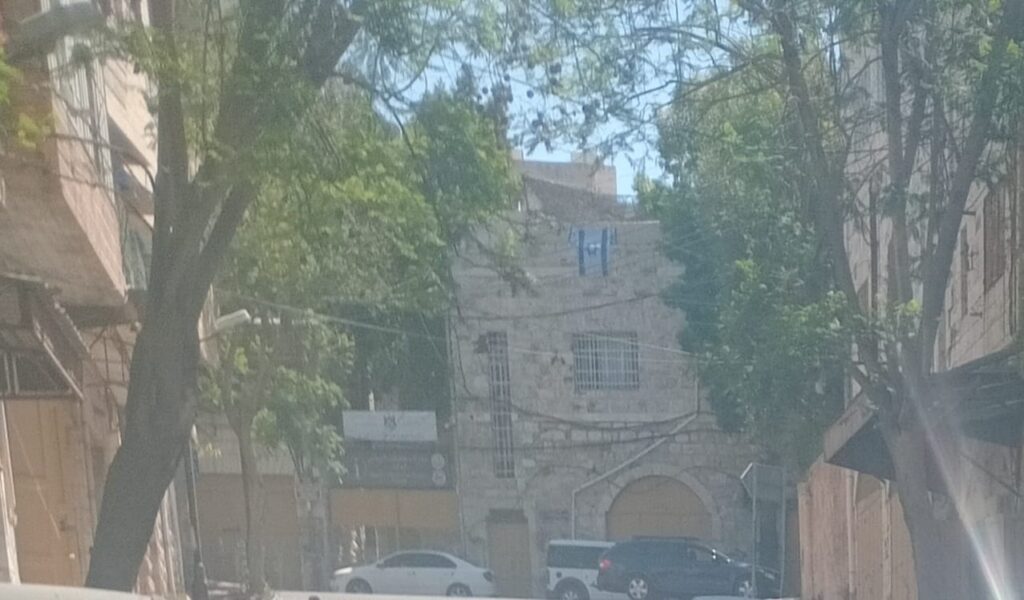
This forced takeover, including confining the family to a single locked room and ordering Um Firas to leave the house, mirrors similar incidents reported in other buildings in the H2 area of Hebron, for example the Karantina Roundabout.
In the H1 area of Hebron, Israeli forces have seized multiple homes and converted them into military barracks, raising Israeli flags and positioning themselves within Palestinian civilian neighborhoods. During the ongoing war between Israel and Iran, the presence of Israeli occupation soldiers in these areas, and the transformation of civilian homes into military posts, effectively turns Palestinian civilians into human shields.
Under the Hebron Agreement, the city is divided into H1, fully controlled by the Palestinian Authority, and H2, controlled by Israeli Occupation Forces. However, following recent missile attacks, the IOF have been breaking into H1 neighborhoods nightly without warrants, conducting random searches and patrols. They storm Palestinian homes without justification and block all movement in the area.
The IOF are regularly seen day and night in Wadi Abu Kteila, Al Salam Street, Farsh al-Hawa, and the University neighborhood, carrying out inspections and enforcing their control.
Intensification of the Occupation and control
For a long time, the Eitan armored vehicle has been seen patrolling streets across the northern West Bank such as Jenin, Tubas, and Tulkarm. Introduced in 2023 to replace older models, this 35-ton, lightweight vehicle carries 12 soldiers and is armed with machine guns on all sides. Now, it was seen in Hebron for the first time indicating a further escalation of military control over the city.
In the South Hebron Hills/Masafer Yatta, the situation for residents remains dire during the ongoing war. They live in constant fear and uncertainty, as Israeli occupation soldiers have closed all entrances to the villages and surrounding roads, such as in Hebron City and the whole West Bank. Israeli soldiers’ occupation patrol continues throughout the villages of Massafer Yatta, imposing a blockade that severely restricts the movement of residents who rely on herding, livestock, and agriculture for their livelihoods.
Despite the war, settler violence has not ceased. A settler, dressed in an Israeli occupation soldier’s uniform, demarcated boundaries on Palestinian land, seized additional territory, and released settler-owned livestock onto Palestinian agricultural fields. Meanwhile, Israeli soldiers have prevented Palestinians from accessing their land.
In a broader context of increased repression, the Israeli occupation has tightened its control over social media platforms. Authorities now prohibit any social media posts related to the war between Israel and Iran. Palestinians face surveillance and arrest for publishing even a photo or a short comment on a social media platform. Several young people have already been detained solely for this reason.

